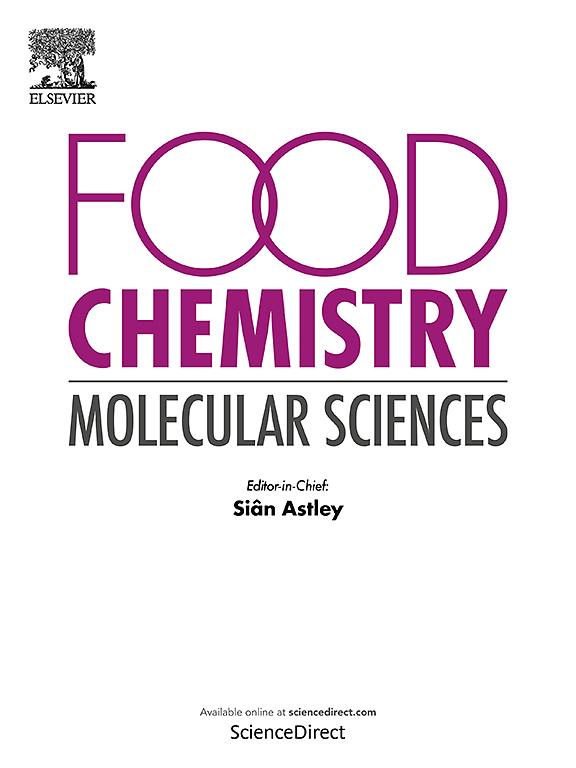Characterization of mammary glands and milk fat globule transcripts in lactating buffalo and goats
IF 4.1
Q2 FOOD SCIENCE & TECHNOLOGY
引用次数: 0
Abstract
Gene expression and post-transcriptional regulation are key mechanisms affecting lactation performance in dairy animals. However, the difficulty of obtaining mammary gland tissue samples from lactating animals has significantly impeded lactation research. Milk fat globules may be a non-invasive way to obtain mammary transcripts. Here, we aimed to reveal the universal rule of the transcript profiles of the milk fat globules and mammary glands from buffaloes and goats by RNA-sequencing analysis. Results showed that, in buffalo, 97 % of mRNAs were expressed in both milk fat globules and mammary glands, with 45 % showing differential expression. Among 6086 lncRNAs and 7010 miRNAs identified, 35 % and 50 % were differentially expressed, respectively. Of 11,631 circRNAs, only 618 showed significant differences. In goat, more than 99 % of mRNAs and 87 % of ncRNAs (including lncRNAs, circRNAs, and miRNAs) were expressed in both milk fat globules and mammary glands, and over 91 % of mRNAs, 96 % of lncRNAs, 98 % of circRNAs, and 86 % of miRNAs showed no significant differences, suggests that the transcripts in milk fat globules exactly reflect that in the mammary gland. This study suggests that milk fat globules are an effective candidate for non-invasive acquisition of mammary gland transcripts, but their applicability needs further study.
求助全文
约1分钟内获得全文
求助全文
来源期刊

Food Chemistry Molecular Sciences
Agricultural and Biological Sciences-Food Science
CiteScore
6.00
自引率
0.00%
发文量
83
审稿时长
82 days
期刊介绍:
Food Chemistry: Molecular Sciences is one of three companion journals to the highly respected Food Chemistry.
Food Chemistry: Molecular Sciences is an open access journal publishing research advancing the theory and practice of molecular sciences of foods.
The types of articles considered are original research articles, analytical methods, comprehensive reviews and commentaries.
Topics include:
Molecular sciences relating to major and minor components of food (nutrients and bioactives) and their physiological, sensory, flavour, and microbiological aspects; data must be sufficient to demonstrate relevance to foods and as consumed by humans
Changes in molecular composition or structure in foods occurring or induced during growth, distribution and processing (industrial or domestic) or as a result of human metabolism
Quality, safety, authenticity and traceability of foods and packaging materials
Valorisation of food waste arising from processing and exploitation of by-products
Molecular sciences of additives, contaminants including agro-chemicals, together with their metabolism, food fate and benefit: risk to human health
Novel analytical and computational (bioinformatics) methods related to foods as consumed, nutrients and bioactives, sensory, metabolic fate, and origins of foods. Articles must be concerned with new or novel methods or novel uses and must be applied to real-world samples to demonstrate robustness. Those dealing with significant improvements to existing methods or foods and commodities from different regions, and re-use of existing data will be considered, provided authors can establish sufficient originality.
 求助内容:
求助内容: 应助结果提醒方式:
应助结果提醒方式:


